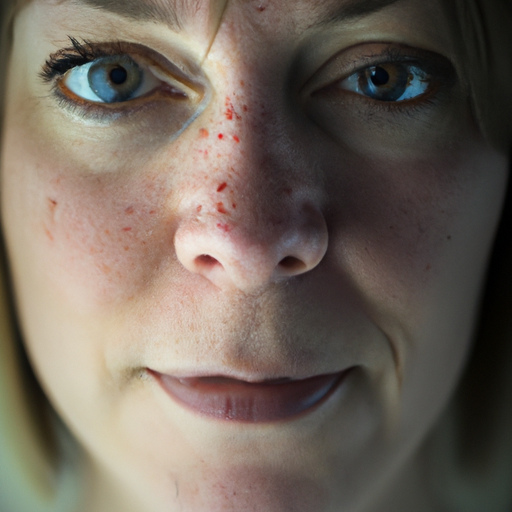In the world of skincare, the terms “hydrating” and “moisturizing” are often used interchangeably. However, they are not synonymous. Despite both being essential to maintaining healthy skin, they serve different purposes. Understanding the true difference between hydrating and moisturizing can help you choose the right products for your skin type and address specific skin concerns more effectively.
Hydrating refers to the process of infusing your cells with water. When your skin is well-hydrated, it appears plumper, more vibrant, and healthier. Hydration is about increasing the amount of water in your skin cells, which results in a healthy and youthful appearance. Hydrating products are designed to increase water content within the skin. They are typically lightweight and watery, and their primary function is to deliver moisture deep into the skin.
On the other hand, moisturizing aims to create a barrier on the skin’s surface that locks in moisture to prevent water loss and keep the skin soft and smooth. Moisturizers are generally thicker creams or lotions that contain oils or emollients, which provide a layer of protection to seal moisture into the skin and maintain its natural moisture balance.
The distinction between these two concepts becomes crucial when addressing specific skin conditions. For instance, dehydrated skin, which lacks water, can benefit from hydrating products. These products, often formulated with ingredients like hyaluronic acid or aloe vera, help replenish water content in the skin cells.
Conversely, dry skin, which lacks oil, can benefit more from moisturizing products. These products contain oils and lipids that can help restore the skin’s protective barrier, preventing moisture loss and leaving the skin feeling soft and supple. Ingredients like shea butter, jojoba oil, or ceramides are common in moisturizers.
However, it’s important to note that most skins need both hydration and moisturization. Hydrating products replenish water content in the skin, and moisturizing products seal this moisture in. Using both in your skincare routine can help ensure that your skin is not only receiving the moisture it needs but also retaining it.
For a comprehensive skincare routine, start with a hydrating product such as a hydrating serum or essence. These products are typically lighter and designed to penetrate deeper into the skin, delivering hydration to the skin cells. Follow this with a moisturizer to lock in the hydration and provide an extra layer of nourishment.
Understanding the difference between hydrating and moisturizing is not just a matter of semantics. It’s about understanding what your skin needs and how to provide it. Hydration and moisturization are both crucial for maintaining healthy, glowing skin, but they serve different purposes and address different skin concerns.
In conclusion, while hydrating and moisturizing may seem similar, they play distinct roles in skincare. Hydrating products increase water content in the skin, making it look plump and radiant, while moisturizing products create a protective barrier to prevent moisture loss, ensuring the skin remains soft and smooth. By incorporating both into your skincare routine, you can effectively address your skin’s needs and maintain its health and vitality.



